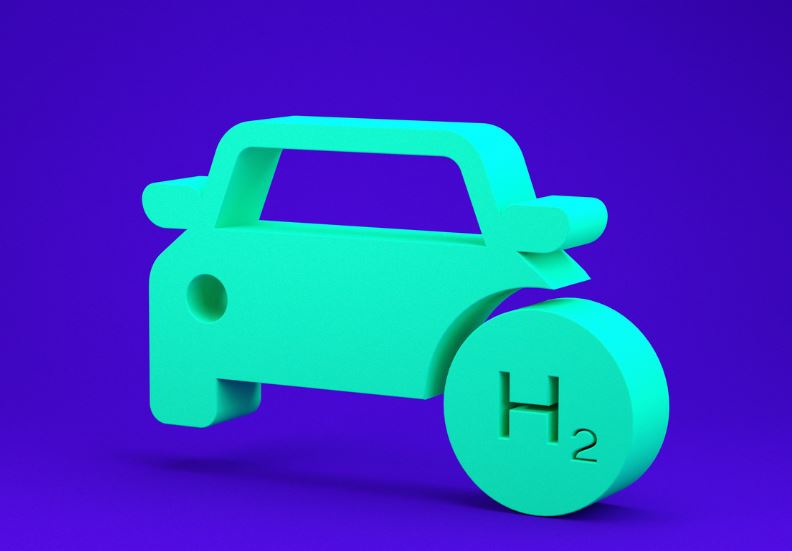The landscape of sustainable mobility is rapidly evolving, with hydrogen emerging as a key player, particularly in heavy-duty applications. However, when it comes to the light vehicle segment, the journey for hydrogen cars is proving to be an uphill battle, facing challenges that extend beyond the technology itself.
According to the latest report from the French Automobile Platform (PFA), 306 hydrogen cars found a place on French roads in 2023. While this figure reflects a commendable 60% increase from the previous year, hydrogen cars still represent a mere 0.02% of the French automobile market. In contrast, over 298,000 electric cars took center stage, claiming a significant 16.80% market share.
Price remains a significant hurdle for hydrogen cars, especially when juxtaposed with the affordability achieved by electric cars in recent years. The cost factor, coupled with a limited model lineup, creates a preference among consumers for electric vehicles, contributing to the challenges faced by hydrogen cars.
The scenario in France mirrors a global trend observed in South Korea, where hydrogen car sales have also witnessed a decline. The common denominators are the limited model options, evolving charging infrastructure, and the allure of competitive pricing offered by electric counterparts.
As the automotive industry looks towards 2024, questions arise about the prospects for hydrogen cars. While an uptick in registrations is expected, especially with Toyota’s announcement of a fleet of 500 Mirai vehicles for the Paris Olympics, a significant market take-off remains uncertain.
The light utility market becomes a focal point, with the Stellantis group poised to inject new dynamics. The integration of sales of Hyvia vans and the broader offering from Stellantis could potentially breathe new life into the hydrogen car segment, opening avenues for increased market share.





